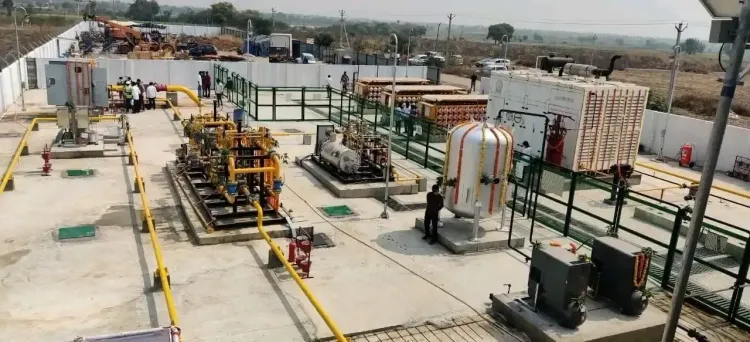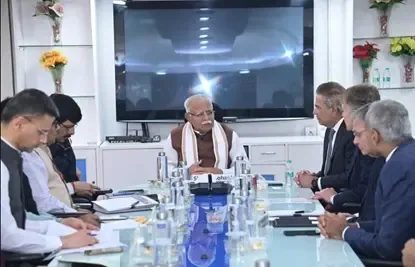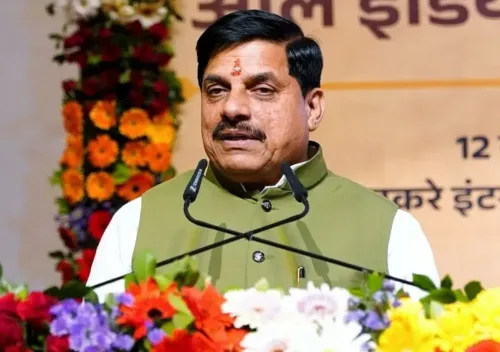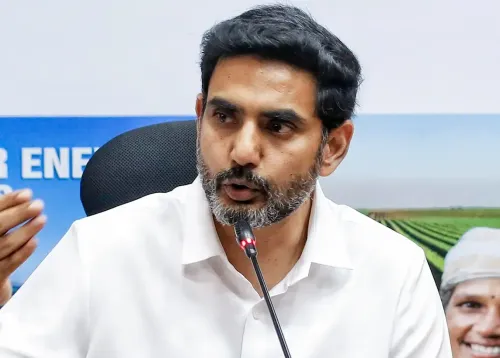India's City Gas Distribution Target Set at 25% by 2030; Rs 30,000 Crore Investment Anticipated by FY27

Synopsis
Key Takeaways
- City gas distribution (CGD) is projected to grow to 25% by 2030.
- Gas consumption is expected to rise at a CAGR of 10% between FY25-FY30.
- Investment of Rs 30,000 crore is anticipated in FY25-FY27.
- PNG-D penetration has significant growth potential.
- Government initiatives are essential to overcome existing challenges.
Mumbai, March 24 (NationPress) As the government strives to convert the nation into a gas-based economy, the role of city gas distribution (CGD) is expected to rise to 25 percent by 2030, up from 20 percent in FY24, as per a report published on Monday.
Gas consumption in this sector is projected to expand at a cumulative average growth rate (CAGR) of 10 percent between FY25 and FY30, bolstered by an anticipated capital expenditure (capex) of Rs 30,000 crore during FY25-FY27.
The CGD sector is classified as the second-largest consumer of natural gas in India after the fertiliser industry in FY24, according to the report by CareEdge Ratings.
Historically, CGD consumption has shown consistent growth, despite a temporary setback in FY23 due to a significant rise in natural gas prices following the Russia-Ukraine conflict. However, the demand rebounded in FY24.
“In the CGD consumption mix, CNG is anticipated to retain its dominance, driven by the growth of CNG-powered vehicles and an increase in refueling stations,” stated CareEdge Ratings Assistant Director Tej Kiran Ghattamaneni.
The penetration of PNG-D has significant potential, with its market share compared to LPG at merely 1.5 percent-2 percent in the South, East, and North-East regions of the country.
While the targets for PNG-D connections seem ambitious, even partial achievement would lead to substantial growth in gas demand.
“To successfully enhance the planned infrastructure in the sector, it is essential to tackle challenges related to timely approvals, trunk pipeline expansion, and connection to the national grid, along with last-mile connectivity,” Ghattamaneni noted.
The government aims to shift the nation towards a gas-based economy and increase the share of natural gas in the primary energy mix to 15 percent by 2030, a rise from the current 6.5 percent (as of 2024).
In this context, the city gas distribution industry is pivotal in boosting the contribution of natural gas to India’s energy mix by ensuring efficient last-mile connectivity to consumers, as highlighted in the report.
The government’s initiative towards greater access to cleaner fuels, along with favorable policy measures such as the establishment of the Indian Gas Exchange (IGX) and the implementation of gas pricing reforms based on the Kirit Parikh Committee recommendations, serve as significant regulatory facilitators for the sector.









